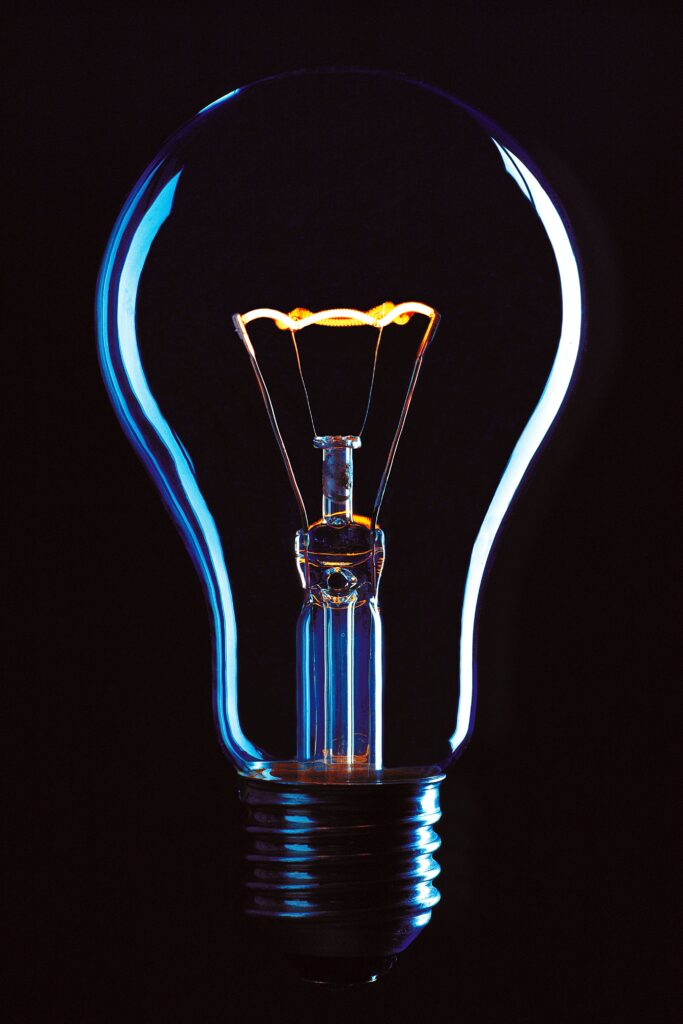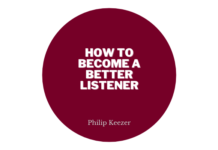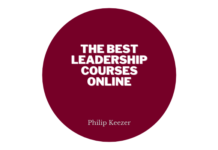We don’t want to keep you reading blocks of text for a short answer. The average conversion rate worldwide, for ecommerce websites, is 4.31%. If you’re above that threshold, your conversion rate is likely good.
But there’s so much more to analyzing your conversion rate, and improving it if you need to.
For example, there are niches in which the average conversion rate can go higher. Not to mention, comparing yourself to the average doesn’t necessarily mean you’re doing your best. Individual landing pages or funnels can reach a conversion rate of 10%, or even higher.
So today let’s talk about conversion rate, whether or not your conversion rate is good, and how you can make it better.
What Is Your Conversion Rate?
When you boil it down to the principle of it, conversion rate is simply how many customers (or potential customers) advance through a step in a funnel. Conversion rate is not just about selling a product, although that’s what people usually refer to when they say “conversion rate”.
You can just as well calculate the percent of people that click to subscribe to your newsletter. That is just as much a conversion rate as is the percent of leads that become customers.
So whether or not your conversion rate is good depends on what you’re calculating. You’ll have different benchmarks for the success of a blog article in signing people up to a newsletter than you will have for a landing page convincing people to buy products from you.
However, the benchmark can be somewhat generalized. If you have 100 leads, and only two of those people buy your product in a given time, you could consider this a good conversion rate. But let’s roll the tape back a little bit. How many site visitors did you need to get 100 leads? Because if the answer is around 5000, then you’re working with the same 2% conversion rate.
That’s a point to keep in mind. While conversion rates will vary slightly across funnels, industries, and products, a 2-3% benchmark can still be a good indicator of average performance. If you’re working with a conversion rate below 1%, it might be time to improve your funnels.
But just because your conversion rate is average, that doesn’t mean you should be satisfied with it. So let’s talk about improving your conversion rate.
How To Improve Your Conversion Rate
So you’re not satisfied with your conversion rate? Let’s see how you can improve it.
In principle, the best way to increase your conversion rate is to analyze your own business, and see what’s going well, what’s going poorly. Google Analytics is a great tool for this. It will show you funnels visually, as soon as you set-up a goal. This can help you identify the steps where your audience drops off the funnel.
For example, if less than 1% of people go through the “landing page” step of your funnel, you might want to work on the CTAs, copy, or social proof on the landing page. If less than 1% of people go through your purchase page, you might want to work on the checkout page to improve your authority, and make potential customers trust you more.
It’s all about analyzing your funnels, and improving them.
But that may not help you proceed, so let’s see the most common improvements people make for their conversion rate.
- Objection Control. Just because your audience drops off during the funnel, that doesn’t mean they don’t want to buy. A lot of the time, you could convince them to follow through with a purchase by addressing the objections they might have. The most common ones are pricing and a lack of trust in the brand. Just offer alternative purchase methods, and focus on social proof and inspiring trust with your messaging.
- Split Testing. Showing slightly different elements on page to segments of your audience can shed a lot of light on what works for your business. Things like colors, copy, buttons, or outlined benefits can make a huge difference when you know which one helps you convert better.
- Improving user experience. If you want more conversions, you need to make it easy for your audience to buy from you. Ensure that you have a smooth website, clean navigation, and a simplified purchase process. If your website visitors have to fill in 2 forms and go through 10 steps to buy, they might drop off during the process.
- Solve a problem. The benefits of your product or service should be as evident as possible, in your copy, calls to actions, and even annex multimedia. When a user lands on your sales page, they should instantly think “Oh so this is how your product helps me.” It might be a hard thing to pull off, but if you analyze your funnels, and constantly optimize it, you’ll communicate benefits much better in the long run.
- Create a sense of urgency. If there’s no reason for your audience to take action as soon as possible, they might put it off, and forget all about it. So you need countdown timers, special offers for early birds, or anything else that creates a sense of urgency.
To Wrap It Up
Conversion rate is a very important metric to measure and optimize. In the end, it’s the number that illustrates how well your business, sales, and marketing processes go. We hope this article helped you understand more about whether or not your conversion rate is good, and how you can improve it.














